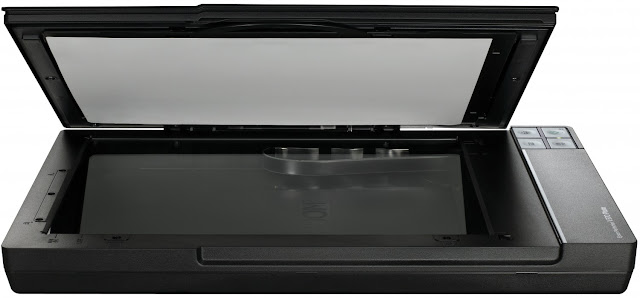- A Scanner is a device that is used for producing an exact digital image of a photo, text written in paper or even an object.
- The digital image produced by a scanner can be saved in computer memory and can be used alter/enhance the image or apply it the web.
Working:
- On the simplest level, a scanner is a device which converts light (Which we see when we look at something) into 0s and 1s (computer readable format).
- In other words scanner convert analogue data into digital data.
- All scanners work on the same principle of reflection or transmission.
- The image is placed before the carriage, consisting of light source and sensor.
- A light source is cold-cathode bulb in the scanner.
- The amount of light reflected by the image and pick up by the sensor is converted to a voltage proportional to the light intensity.
- The brighter the part of the light intensity the brighter the part of the image, the more light is reflected resulting in higher voltage.
- The sensor component is implemented using one of three different types of technology:
CCD (Charge-coupled Device):
CIS (Contact Image Sensor):











